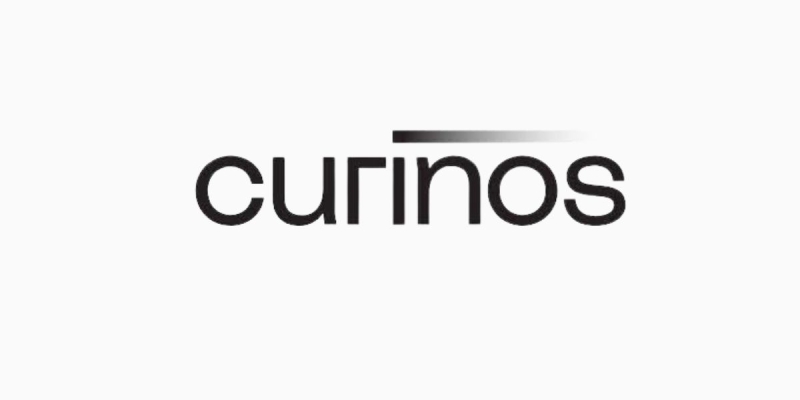Advertisement
Marketing in any century
Want that exception with an FHA loan? Jeff Mifsudhigh ratios, compensating factors, debt-to-income ratio, HUD, refinancing, conventional loan
Have your "docs" in a row
When I was a Federal Housing
Administration (FHA) underwriter, one of the biggest challenges
I faced on borderline loans was whether or not to grant an
exception when a guide was not met. What follows are some of the
core FHA guides that will help increase the odds of getting these
loans approved and some accepted compensating factors that are
needed for an underwriter to approve a loan that has high
ratios.
Q: What are the official FHA debt-to-income
ratios?
A: The housing expense ratio is 31 percent, and
the total debt-to-income ratio is 43 percent.
Q: Can the ratios be exceeded?
A: Yes, if compensating factors exist. Keep in
mind that compensating factors are to help the underwriter make a
decision on the loan when the ratios are exceeded and are not a
guarantee of an approval. The factors listed in the U.S. Department of Housing and Urban
Development (HUD) 4155.1 guidelines are:
A. The borrower has successfully demonstrated the ability to pay
housing expenses equal to or greater than the proposed monthly
housing expense for the new mortgage over the past 12-24 months.
For a manually underwritten loan, it seems the national threshold
for high ratios is around 34/46. Of course, the automated
underwriting systems can exceed the benchmark guidelines.
B. The borrower makes a large downpayment (10 percent or more)
toward the purchase of the property.
C. The borrower has demonstrated an ability to accumulate savings
and a conservative attitude toward the use of credit. Dont
underestimate this guideline. I have gotten many borderline loans
approved with the help of this factor. Even if it's only a couple
thousand dollars, this means a lot, especially if he has moderate
income. This savings behavior is an indication of fiscal
responsibility, and the FHA views this favorably. Now, this doesn't
mean that if you have an essentially bad loan, you can go to an
underwriter and say, "Look! I think you should approve this loan.
After all, he's managed to save $150 in savings with more than 10
years in the workforce!" This won't work. It can work with a
borrower who lacks credit.
D. Previous credit history shows that the borrower has the ability
to devote a greater portion of income to housing expenses. The
highest ratio I ever got approved with compensating factor was
36/51. The borrower's new house payment was decreasing by about 10
percent, and his ratios were actually improving. He used credit
sparingly and, overall, the file was a good credit risk.
E. The borrower receives documented compensation or income not
reflected in effective income, but directly affecting the ability
to pay the mortgage, including food stamps and similar public
benefits.
F. There is only a minimal increase in the borrower's housing
expense.
G. The borrower has substantial documented cash reserves (at least
three months' worth) after closing. In determining if an asset can
be included as cash reserves or cash to close, the lender must
judge whether or not the asset is liquid or readily convertible to
cash, even after retirement or job termination.
Funds borrowed against these accounts may be used for loan closing,
but are not to be considered as cash reserves. "Assets," such as
equity in other properties and the proceeds from a cash-out
refinance, are not to be considered as cash reserves. Similarly,
funds from gifts from any source are not to be included as cash
reserves.
H. The borrower has substantial non-taxable income (if no
adjustment was made previously in the ratio computations).
I. The borrower has a potential for increased earnings, as
indicated by job training or education in the borrower's
profession. If your ratios are high, be sure to look on the
verification of employment in the "date of next pay increase"
section. Files can be rejected and a person denied homeownership
because someone failed to discover the borrower was going to be
getting a raise of $2 per hour the next month that would have
brought him within ratios.
J. The home is being purchased as a result of relocation of the
primary wage-earner, and the secondary wage-earner has an
established history of employment and is expected to return to
work, and reasonable prospects exist for securing employment in a
similar occupation in the new area. In a case like this, you will
need to provide the underwriter with documentation to help him make
a decision. Youll have to be creative and utilize sources like
newspaper articles, statistics from job search Web sites or reports
from employment agencies.
Q: If a borrower's spouse is not on the loan, can we
still use the income?
A: No. However, I have used this as a
compensating factor for many years and have had a lot of success
with it. Although it is not listed in the FHA guides, I teach loan
officers to collect the spouses' last two years of W2s and last
month of pay stubs and put them in the file with a note
highlighting the fact that the spouse contributes X amount toward
the household income. If, for example, the ratios are 34/45 and the
non-borrowing spouse has $3,000 in income, this can make a huge
difference in the overall scenario. Remember, the underwriter is
trying to determine whether or not the borrower will make the
payment! Do you think making them aware that there's an additional
$3,000 of monthly income might help the underwriter feel more
confident that the payment will be made? Definitely, yes.
Q: When refinancing a borrower from a conventional loan
to FHA, can the closing costs and prepaid expenses be rolled into
the loan?
A: Yes, provided the maximum loan-to-value (LTV)
limits are not exceeded. In most cases, this will be either 97.15
percent or 97.75 percent, depending on whether you are a in a low-
or high-cost state. Check with your underwriter or account
executive, if you aren't sure which category you're in. This is the
loan of choice today for high-LTV lending, and this product can
make a significant impact on your borrower's quality of life and
your income, as well. With all the adjustable-rate mortgages (ARMs)
out there, this segment of FHA financing will remain healthy for
the next five to seven years.
Q: I realize the great revenue that can be generated
from taking people out of ARMs and into FHA, but how do I get these
loans?
A: This is a common question. You may want to
refer to my earlier articles for more detail, but here is a brief
summary of possible avenues for acquiring these loans.
1. Start with your current database first. If you have lost
touch with your past clients, it's time to reconnect with them. The
biggest challenge for the loan officer is to create a system for
database mailings. I suggest that you sit down one Sunday morning
and create a series of six letters that will be sent out every
other month in 2008. Then, you can pay a high school student $20
per mailing. Now, you have your whole year of mailings set for the
year. To get FHA refinance loans, include in each of the
aforementioned letters a short paragraph about how someone could
benefit from an FHA refinance.
2. Co-market to real estate agents' databases. In the joint piece,
aside from the purchase finance information, include how FHA
refinancing can help people.
3. Create a direct mail targeting people in ARMs and send them on a
periodic basis (depending on your budget). You can acquire hundreds
of leads from the county register of deeds if you are able to
search by company. For example, you can search for all the loans
closed by X sub-prime company and recorded during a range of dates.
Target the loans that will be coming up for adjustment. Because the
loans you're searching for are ARMs, the Adjustable Rate Note Rider
will be recorded with the mortgage, so you will be able to see what
the current rate is and calculate what it will adjust to. Tailor
your message in a personal way and focus on the fact that you are
local (if you are). You will be able to hand-select these leads and
be able to send a more compelling message than other companies that
buy their leads from list brokers. Choose the number of pieces that
works with your budget and make a commitment to be consistent in
sending them out. If you need to delegate this, then do so. Just
make sure it gets done!
As your knowledge of FHA guides increases, your ability to get
these loans through increases. There is no magic with FHA loans; it
takes know-how and attention to detail, to be sure. However, once
you get into these loans, you may just learn to love the challenge,
how much you can help people and, of course, the great financial
benefits that come as a result. Go FHA!
Jeff Mifsud founded Mortgage Seminars LLC in 2004,
has been an FHA originator for 12 years, is a faculty member of LoanToolBox.com and is a
former FHA underwriter. He may be reached at (877) 342-9100 or
e-mail [email protected].
For upcoming FHA Webinars, visit www.mseminars.com.
About the author




